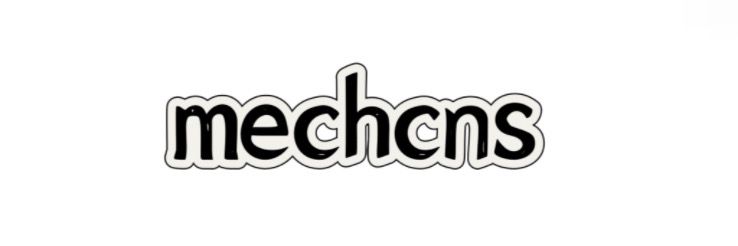What Features Should You Look for in a Laser Cutter?
Jan. 12, 2025
When it comes to laser cutting, whether for personal projects, small businesses, or large-scale manufacturing, choosing the right laser cutter can be a daunting task. Given the multitude of options available on the market, understanding the key features that can significantly influence your cutting experience is essential. Here’s a comprehensive guide on what to consider when searching for your ideal laser cutter.
Power and Versatility
The power of a laser cutter is one of the most critical factors to consider. Typically measured in watts, the power determines the cutter's ability to cut through various materials. For hobbyists working primarily with wood or acrylic, a machine with 40 to 60 watts might suffice. However, if you're looking to cut thicker or denser materials, such as metal, you'll need a laser cutter that outputs at least 100 watts or more.
Moreover, versatility is equally important. A laser cutter that can handle a variety of materials like wood, acrylic, leather, fabric, and even metal not only saves you money but also expands your creative possibilities. Before making a purchase, assess the range of materials you plan to work with and ensure the machine can manage them effectively.
Cutting Speed and Precision
Cutting speed and precision can hugely impact your workflow and the quality of your finished products. A faster cutting speed often leads to higher productivity, especially for businesses that rely on quick turnaround times. However, achieving speed shouldn’t come at the cost of precision. High-end laser cutters are designed to maintain fine detail while operating quickly, which is essential for intricate designs.
Additionally, check the beam quality of the laser. A high-quality beam will provide better focus and, consequently, more precise cuts. Look for specifications like M2 value and spot size to gauge the quality of the laser beam. The lower the M2 value, the closer the cutting performance is to the theoretical limit, resulting in cleaner and more accurate cuts.
Bed Size and Material Thickness Capacity
The bed size of a laser cutter is another vital feature, particularly for those who hope to work on larger projects. A larger bed allows for bigger pieces of material to be cut without the need for repositioning, which can often lead to inaccuracies. Standard bed sizes range from 12"x20" for smaller machines to larger formats of 48"x96" or more for industrial-grade cutters.
In conjunction with bed size, consider the material thickness capacity. This refers to the thickness of the materials you can cut effectively. Each machine has its limitations, and understanding these constraints will ensure you select a cutter that meets your specific project needs.
Cooling System and Maintenance
Another crucial detail often overlooked is the cooling system of the laser cutter. High-performance laser cutters generate a lot of heat, and having an effective cooling mechanism is pivotal for maintaining optimal performance and prolonging the life of the machine. Look for laser cutters that come equipped with water cooling or air-cooling systems, as these can help to prevent overheating during extended use.
Maintenance is equally important. Regular cleaning of the lens and mirrors, checking the alignment, and replacing the cooling water are tasks necessary for optimal functionality. Investigate the ease of maintenance required for the model you’re interested in; some models have accessible components that make routine upkeep straightforward, while others might be more intricate.
User Interface and Software Compatibility
A user-friendly interface can make a significant difference, particularly for beginners. Look for laser cutters that come with clear LCD displays and intuitive control panels. Additionally, the machine should support popular design software, such as Adobe Illustrator and AutoCAD, as well as have the ability to process various file types (like SVG, DXF, or PNG). This ensures a smooth transition from design to cutting, streamlining your creative process.
Safety Features
Safety should always be a top priority when working with laser cutters. Look for machines equipped with safety features like emergency stop buttons, protective enclosures, and exhaust systems to remove harmful fumes generated during cutting. Additionally, consider models that have built-in fire prevention systems; this can be a lifesaver, especially in a workshop environment.
Budget and Warranty
Lastly, it’s essential to factor in your budget. Laser cutters can vary significantly in price, from a few hundred dollars for entry-level machines to tens of thousands for industrial-grade equipment. When assessing your options, consider not just the initial costs, but also long-term operational costs, such as maintenance and replacement parts.
Don’t forget to check the warranty options as well. A good warranty can provide peace of mind, assuring you that you're covered for defects or issues in the machine.
In summary, selecting the right laser cutter involves a thoughtful assessment of power, versatility, speed, precision, bed size, cooling systems, user-friendliness, safety, and budget. By understanding these features, you’ll feel more empowered to make an informed decision, allowing you to dive into your projects with confidence and creativity.
Want more information on big pipe laser cutting machine, brass laser cutting machine manufacturer, china single platform plate fiber laser cutting machine? Feel free to contact us.
69
0
0
All Comments (0)
Previous: None
If you are interested in sending in a Guest Blogger Submission,welcome to write for us!


Comments